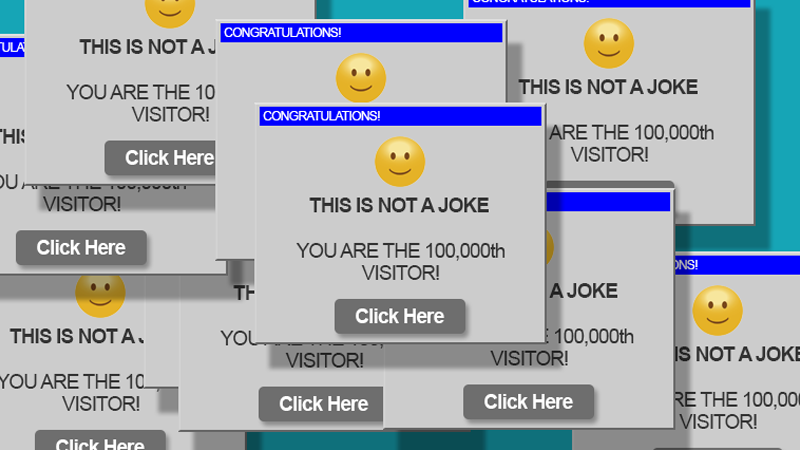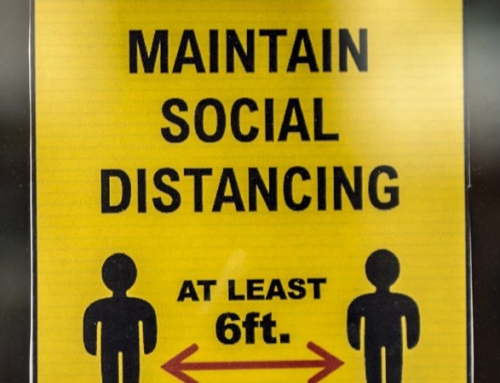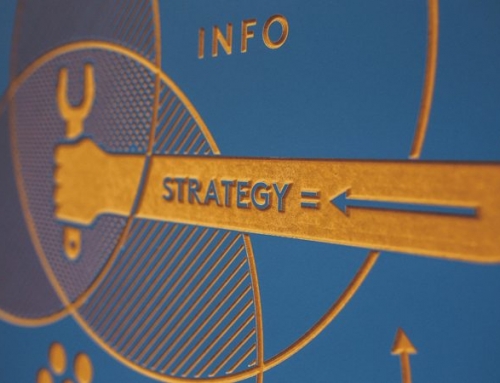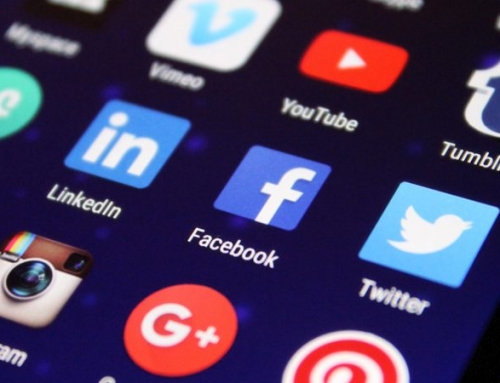1. Babbled Voice Overs
Everybody will have experienced this at some stage in their lives. Whether it’s an attempt to ramble through a set of complex terms and conditions at the end of a TV advert or a hastily garbled message in a short, ten second audio clip online, the effect is always the same. Confusion, irritation and a sense of unwanted urgency. The simple solution to this is to replace any information that is too detailed to fit at the end of a video or audio piece with a simple phrase such as “see our website for details.” It isn’t rocket science, but your customers will thank you for it.
2. Overtly Pushy Calls to Action
There are some exceptions to this rule, especially if you can create a message that satirises the old fashioned “hard sell” ethic in an amusing or subservice way, but generally speaking, this approach just makes you look desperate. Customers will engage with your product if they feel it’s right for them, so telling them to “buy now, before it’s too late” will be unlikely to go down very well. As the world continues to change, so do shopping habits and the way we respond to marketing.
3. Cliched Representations of Gender
In 2020, inclusivity and acceptance of all lifestyle choices and gender appropriations will be at an all-time high. The stereotypes that defined so much of the 20th and early 21st century advertising are finally beginning to be challenged. The strong but supremely unintelligent dad figure, the busy but somehow impossible well-groomed mother of 4 and the token nonbinary person, who is invariably a little bit quirky. It’s time to move on and leave these ideas in the past where they belong. Though they may appeal to an older generation, things change and so do audience perceptions.
4. The Sneaky Asterisk *
As the majority of consumers are now well equipped to use search engines to find information quickly, this technique has well and truly had its day. Frequently placed after an offer that seems a little too good to be true, this type of marketing is something that has begun to irritate the general public. Though it is very difficult to do unless you understand how to present information positively, being as honest as possible in advertising is important. That little symbol is now ubiquitous with offers that may look cheap at first glance but will invariably cost you a lot more than you expect them to when you do investigate further.
5. Redirects forced pop ups and intrusive tactics
The gambling industry and other lucrative sectors frequently use this kind of technique but it’s something that most people dislike. Though there will be a number of click throughs when you use techniques like this, many of them will be accidental. This means the chances of conversion are slim. If you can avoid using this form intrusive digital marketing, we recommend doing so.
6. Buy One Get One Free
As consumers become more commercially and environmentally aware, they are beginning to see through offers like this. Offering two products for the price of one can seem like a great bargain to some people but it can also suggest that what you are providing something that isn’t really worth buying unless it’s been discounted in some way. This well-worn tactic will likely take some time to disappear completely, but it’s old fashioned and in real terms, not always the best value for money where consumers are concerned.
7. The Aggressive Marketing Ploy
In the current financial climate, marketing that seeks to mock, belittle or aggressively challenge consumers is rarely looked upon favourably. Customers respond quite well to this tactic when they are financially stable but in times of recession or economic crisis, it is more likely to alienate them than it is to encourage them to become a supporter of your product. Tread carefully with content that suggests your potential audience’s lifestyles, bodies or preferences make them inadequate or somehow lacking. It will usually backfire.
8. Irritating Musical Jingles and Earworms
They might be effective on a subconscious level, but many customers dislike it when they inadvertently get a song from a TV, radio or internet ad stuck in their head. So much so, that in some cases, they may even decide not to use your services. There’s nothing wrong with musical adverts or idents per se, but deliberately creating something that’s designed to haunt your customers subconscious doesn’t always create the desired effect. If your brand is associated with feelings of frustration and anger, it’s not usually a positive thing.
9. Overly Simplistic Language
Though you don’t need to use elevated or complex language, the first part of the 21st century has arguably been defined by a universal “dumbing down” of content. It may be a fact that many people don’t really read for pleasure much anymore but speaking or writing in deliberately infantile or overly simplistic language can make your message seem patronising and insincere. It’s important to research your demographic and get the tone right.
10. Confusing or oblique messages
For some time during the latter part of the 20th century, a few lifestyle brands such as Guinness and PlayStation used deliberately oblique and even surreal advertising. This was successful due to the sheer size and impact of their already well-established brands. In 2020, people want to know what you’re offering in simple terms and more importantly, why they should choose you over the competition. Some artistic licence can be a good thing, but never forget the purpose of advertising is to sell, not to confuse or bewilder people.
Summary
Ultimately, when you are advertising in the 21st century, clarity, transparency, good production values are critical. Similarly, you need to react to the world as it is today, not as you remember it being 10 or 20 years ago.






